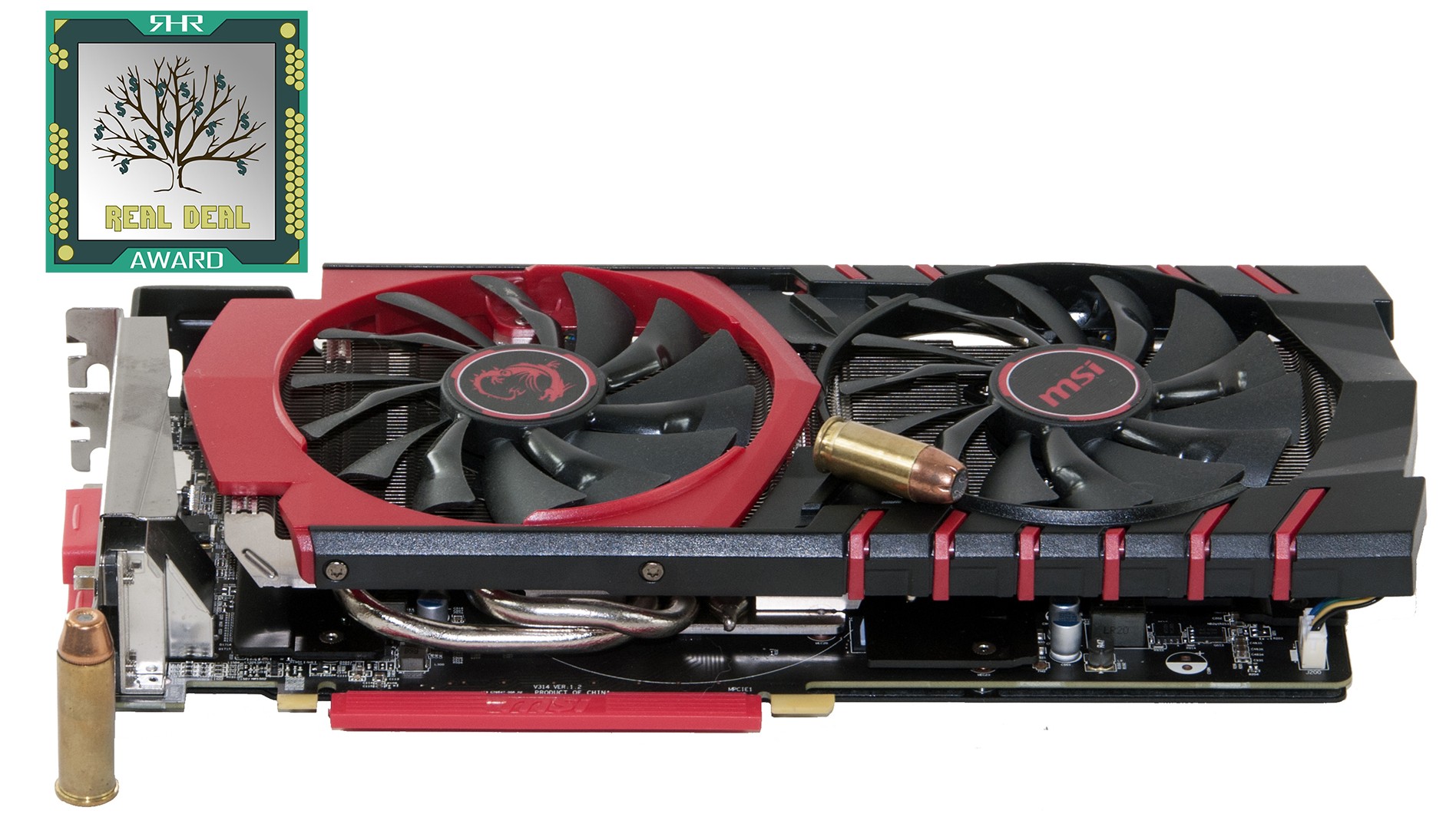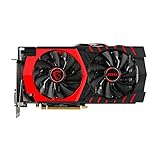Recently we took a long hard look at the MSI R7 370 Gaming 2G and walked away fairly impressed. This actually did take us by surprise as that card relies upon a core that has been rebranded three times now and is still kicking ass in the $150 corner of the market. This is more a testament to how poorly NVIDIA’s architecture scales down to this level rather than the ‘endurance’ of the Pitcairn/ Curacao /Trinidad architecture. Put simply consumers looking at that corner of the market really have slim pickings to choose from, and while MSI did a very good job with what they were given…the R7 370 is still a card that was originally released back in 2012.
Today we are going to look at another AMD refresh and see if it can make an even better argument in favor of refreshes vs new designs. This time however we are going to look at the hotly contested $200 price range. Cards in this price range have to offer both a value and performance argument as on the one hand consumers looking at $250 cards would rather spend $200, and consumers looking at $150 have to be convinced that spending an extra $50 pays massive dividends. Equally important is this corner of the market is where the NVIDIA GeForce GTX 960 resides and as we saw with the MSI GTX 960 Gaming 2G this class of card offer a lot – and we mean a lot – of reasons to go the ‘Team Green’ route. In order to woo people back to AMD’s camp, AMD has taken this previously released R9 285 (and its Tonga core), overclocked it, reduced the MSRP to $190 and called this new creation the R9 380 and the Antigua core. Even just on the surface this makes a whole lot more sense than their $150 offerings as the 285 was a very decent competitor in the $250 price range, and by dropping it down a notch in the next generation, NVIDIA fanbois cannot yell and scream all that much as such a move is precisely what NVIDIA has done countless times in the past.
Equally important is this corner of the market is where the NVIDIA GeForce GTX 960 resides and as we saw with the MSI GTX 960 Gaming 2G this class of card offer a lot – and we mean a lot – of reasons to go the ‘Team Green’ route. In order to woo people back to AMD’s camp, AMD has taken this previously released R9 285 (and its Tonga core), overclocked it, reduced the MSRP to $190 and called this new creation the R9 380 and the Antigua core. Even just on the surface this makes a whole lot more sense than their $150 offerings as the 285 was a very decent competitor in the $250 price range, and by dropping it down a notch in the next generation, NVIDIA fanbois cannot yell and scream all that much as such a move is precisely what NVIDIA has done countless times in the past.
However, MSI has made their reputation on not offering off the shelf stock solutions. Instead when you buy a MSI card, especially a Gaming series card, consumers expect much more than what any ‘reference’ design can offer. To satisfy these expectations, MSI has taken a more powerful version of the TWIN Frozr V heatsink design than what comes standard with their R7 370 Gaming 2G card, beefed up the power delivery subsystem significantly, overclocked both the RAM and core….and then only increased the asking price by ten dollars. Needless to say if you are a hardcore AMD fan, and are in the market to buy a new $200 video card, these specifications make it clear that reference R9 380’s are not the way to go.
On the other hand, this card will face stiff competition from NVIDIA and consumers who are brand agnostic – and only loyal to Gods of Gaming, then this will be a good old fashioned horse race to see which way is the better solution: a Gaming R9 380 Gaming card, a reference GTX 960 video card (which costs a touch less at $190), or a factory overclocked 960 like the MSI Gaming 2G (which costs about $200). Now that is the kind of competition we like to see – no matter what the consumer is the real winner here.












